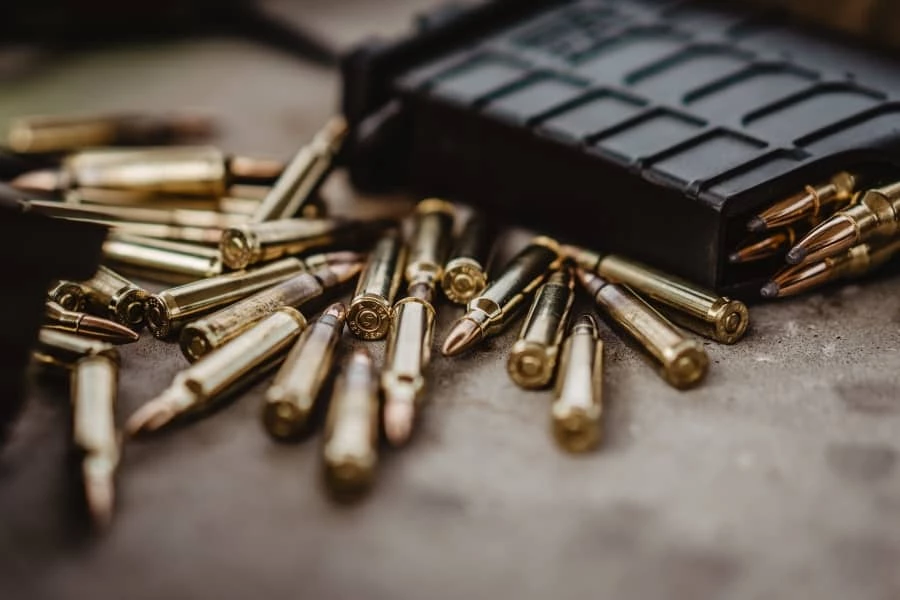
Choosing the right kind of gunpowder depends on your shooting preferences and financial constraints. You must decide whether to maximize velocity or load for the economy. For the former, faster-burning powders might work excellently, whereas for the latter you might have to choose a slow powder. Relying on your loading manual might be helpful if you are having trouble finding out the type of powders you can use for your loading cartridges. It is important to determine the parameters mentioned in your loading manual to avoid any adverse results. It is advisable to weigh each charge if you are getting close to the maximum load.
While faster-burning powders work best for pistols and shotguns, slower-burning powders are ideal for rifles. A slow powder for reloading ammo allows the explosion to deliver consistent pressure, ensuring the safety of your gun. Faster-burning powders do not work for rifles because they might create inappropriately high pressures within the chamber. The specifics and compatibility of the powder with your weapon might vary depending on the types of cartridges and bullets used for the rifle. Here are some of the most important considerations to keep in mind when purchasing gunpowder for your rifle.
Burn Rate
Although most gun powders seem to explode instantly, each powder has a different burn rate, which denotes its speed of ignition. It is important to remember that burn rates are not standardized and only measured in comparison to other powders. Smaller guns like pistols function best with a gun powder that has a faster burn rate since it creates an instantaneous explosion. On the other hand, rifles need slow powders that generate sustained power and higher pressure.
Powder Density
Density refers to the air space that would be left after the cartridge has been loaded with powder. An appropriate load density will allow sufficient room for the explosion to occur. 80 to 90 percent is considered an appropriate density for factory-made gun powders. Anything lower will create uneven pressure and result in poor performance.
Metering
Metering is a term used to refer to the degree of precision with which a powder can be measured. Powder metering depends on the shape of the powder granules, which can be the ball, flattened ball, flake, or stick types. Although the gunpowder granule shape might not be apparent to the naked eye, it has a significant impact on how it transfers energy to the bullet.
Smokeless Powder
For most modern shooting rifles, smokeless powder is the ideal choice. This type of powder is made from nitrocellulose which allows it to generate a higher gas pressure through combustion. You can choose between a single base or double base gun powder to see which type suits best with the model and performance of your rifle.
Conclusion
Multiple types of powder are available in the market for use in rifles. Choosing the right kind of powder for your rifle depends on several considerations. These considerations include burn rate, powder density, metering, smokeless single or double-base powder, and more. Once those are in order then you can figure out what is best for your role.








